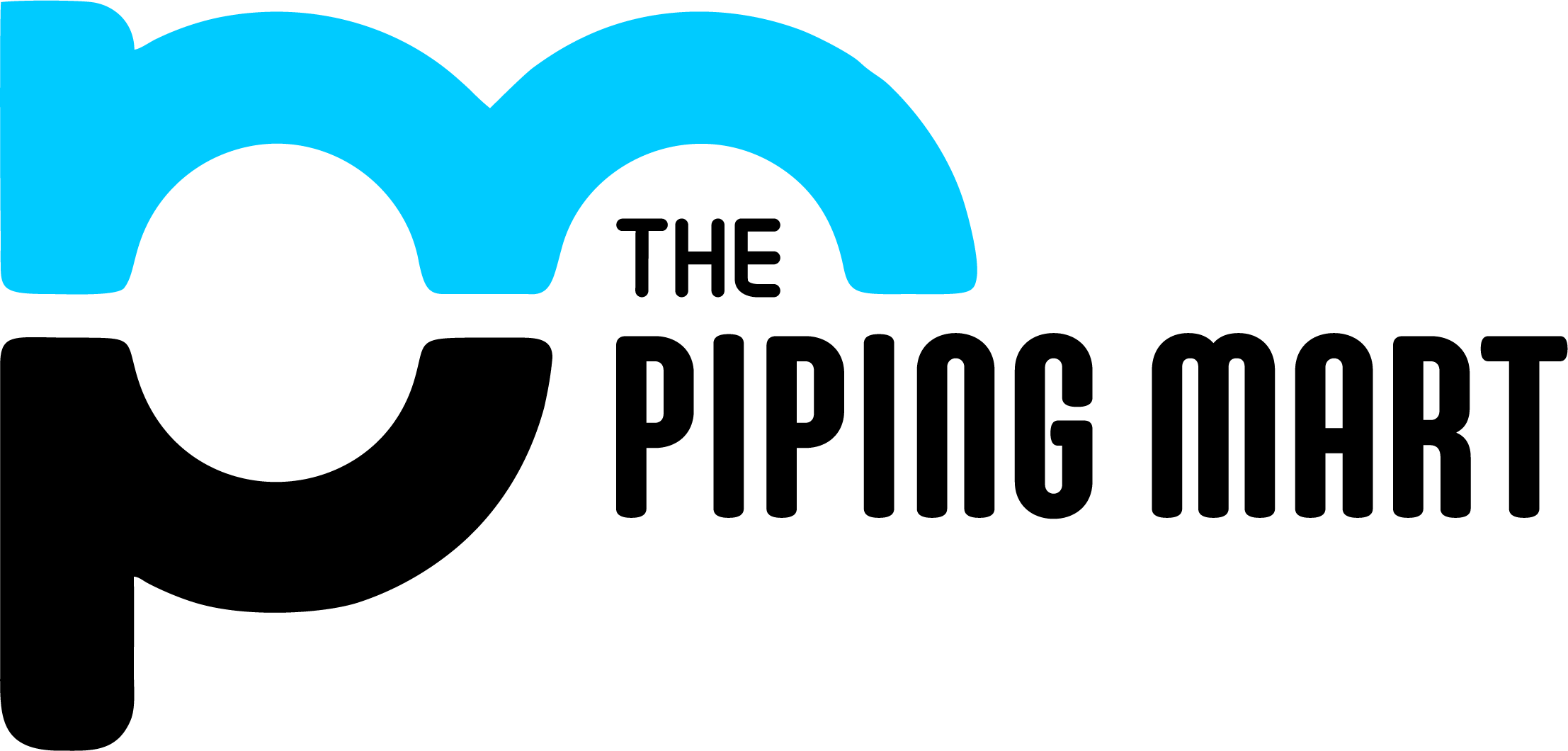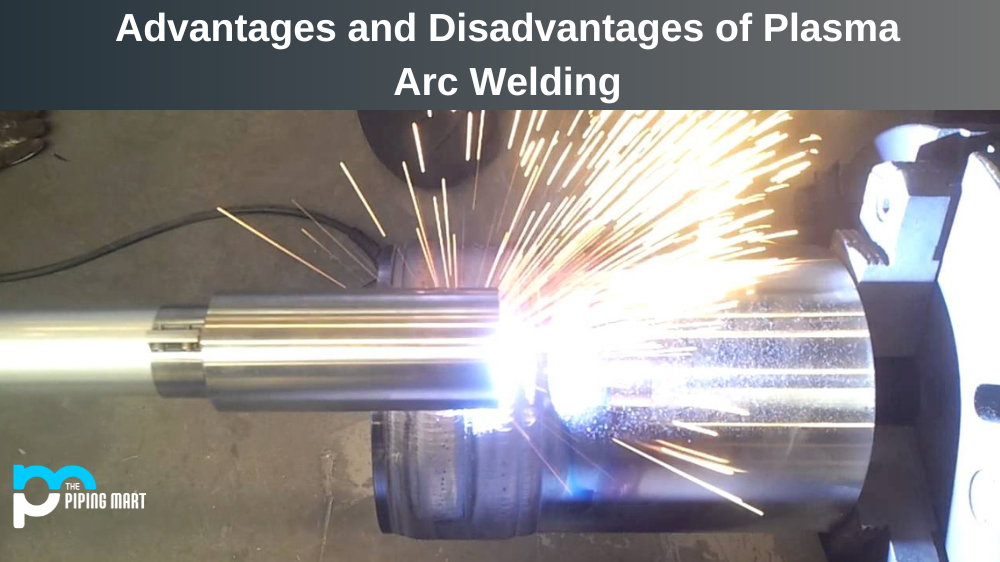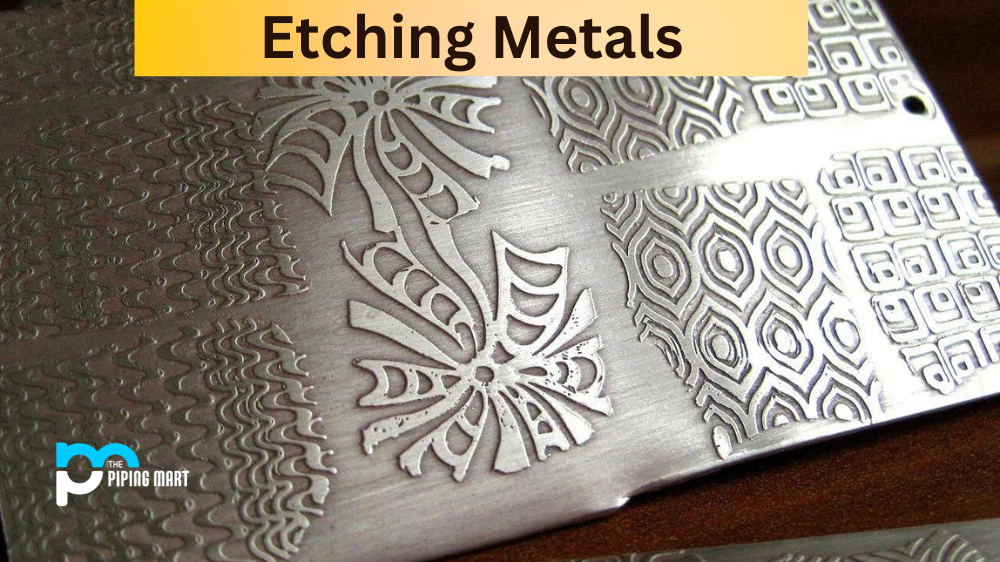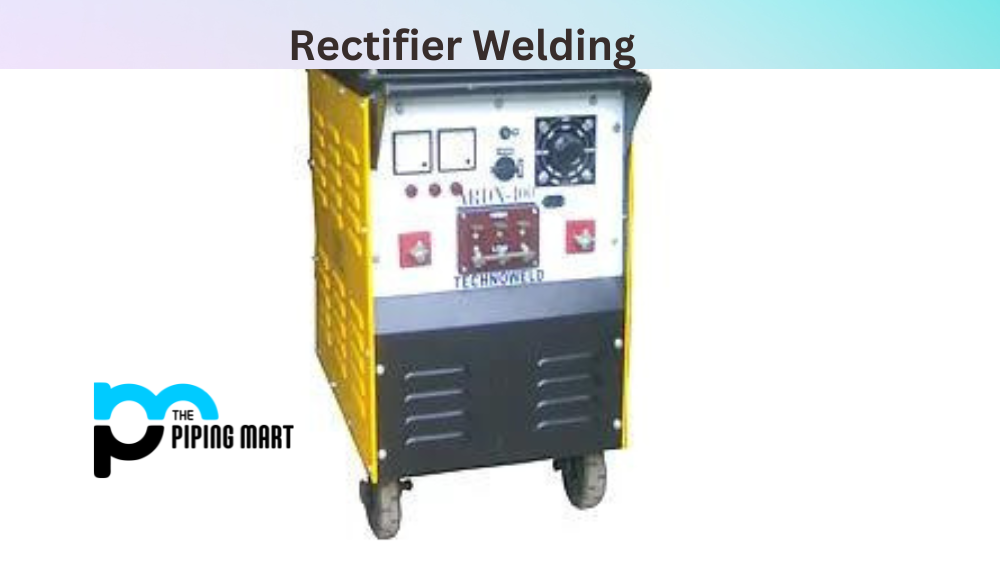Plasma arc welding (PAW) is a welding process that uses an electric arc to create an ionized gas. This gas, referred to as plasma, is then used to heat the metal being welded and join it together. PAW is often used for welding metals such as aluminum and stainless steel, and it has several advantages compared to other welding processes. Let’s take a closer look at the pros and cons of plasma arc welding.
6 Advantages of Plasma Arc Welding
One of PAW’s primary advantages over other welding processes is its speed. The plasma arc can reach temperatures up to 30,000°C in milliseconds, allowing for faster welding times than other methods. Furthermore, PAW does not require additional shielding gases or fluxes, making it more economical than other processes. It also produces less smoke and spatter than oxy-fuel or MIG/MAG welding, resulting in a cleaner working environment with better visibility for the welder. Finally, because the arc is so hot and concentrated, it can penetrate thicker materials than many other processes handle.
- Plasma arc welding (PAW) is a type of welding that uses a plasma torch to create an arc between the workpiece and the electrode.
- PAW is similar to gas tungsten arc welding (GTAW), but the plasma arc is constricted by a nozzle, which makes it more efficient.
- PAW can weld various metals, including aluminum, stainless steel, and titanium.
- PAW is often used in applications where high precision is required, such as in the aerospace and medical industries.
- PAW is also used in difficult-to-weld applications, such as dissimilar metals or dirty or rusty surfaces.
- PAW is considered to be a safer welding process than other types of welding, as it produces less ultraviolet light and heat
6 Disadvantages of Plasma Arc Welding
Despite its many benefits, some drawbacks to PAW must be considered before deciding whether this process is right for your project. Because the plasma arc is so hot and powerful, it can cause warping or cracking if not used properly. Additionally, since the equipment required for PAW tends to be complex and expensive due to its high-voltage electricity, it may be cost-prohibitive for smaller projects or those on a tight budget. Also, remember that experienced welders are needed when using PAW since the equipment requires special training and skillful handling to achieve optimal results.
Limited to Metals
Plasma arc welding is limited to metals, so it cannot be used on other materials, such as plastics or composites.
High Cost
Plasma arc welding equipment is relatively expensive, prohibiting the process for some applications.
Requires Specialist Training
Operators of plasma arc welding equipment require specialist training to use the equipment safely and effectively. This can add to the cost of the process.
Hazardous Process
Plasma arc welding produces hazardous fumes and UV radiation, which can harm the operator and any bystanders. Appropriate safety precautions must be taken to protect those involved.
Time-Consuming Setup
The setup time for plasma arc welding can be relatively long, which can add to the overall cost of the process.
Not Suitable for All Applications
Plasma arc welding may only be suitable for some applications due to the high cost of equipment and specialist training required.
Conclusion:
Plasma arc welding has many advantages over other types of welding processes, including speed, economy, and cleanliness; however, there are some drawbacks as well, including potential warping or cracking if not done properly as well as higher costs for equipment and labor. Ultimately when deciding whether this process is right for your project, you will need to weigh both sides carefully before making your decision. Ultimately if you have access to qualified personnel who are comfortable working with high-voltage electricity, then plasma arc welding may be the perfect answer for your needs! You should carefully determine if this process will work best for you!

Meet Bhavesh, a seasoned blogger with a wealth of knowledge and experience. From metal products manufacturing to retail, Bhavesh has a diverse background in various industries and is dedicated to sharing his insights and expertise with readers.




